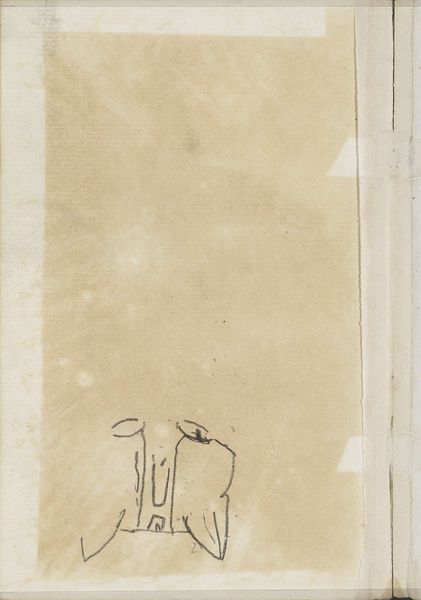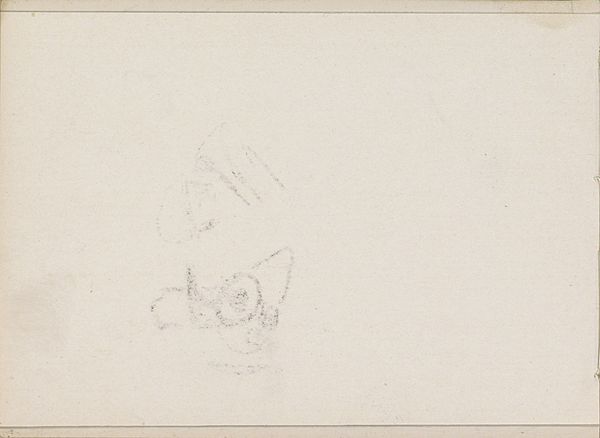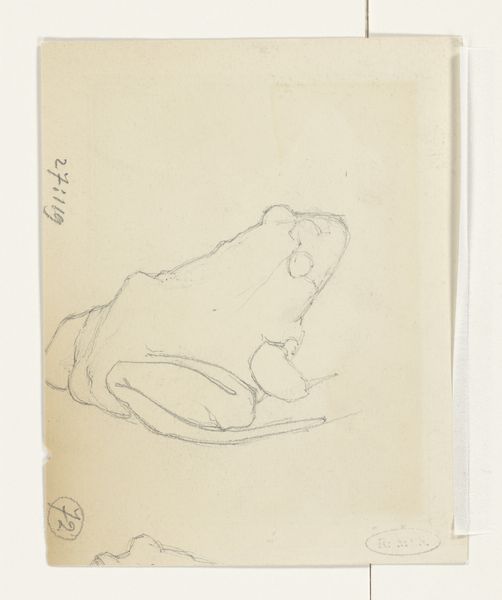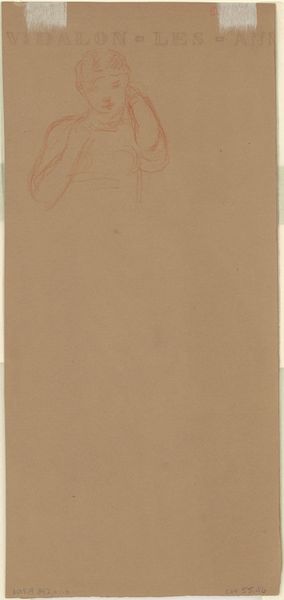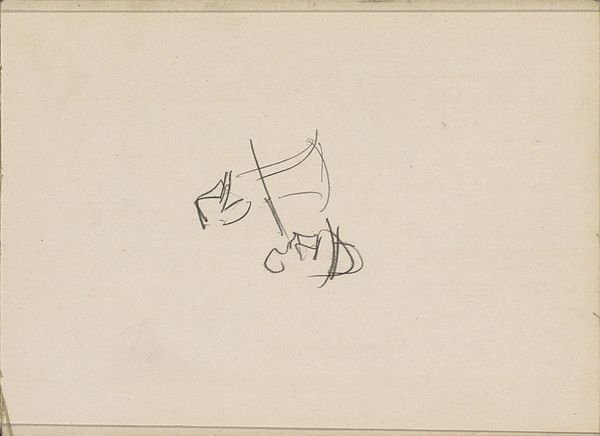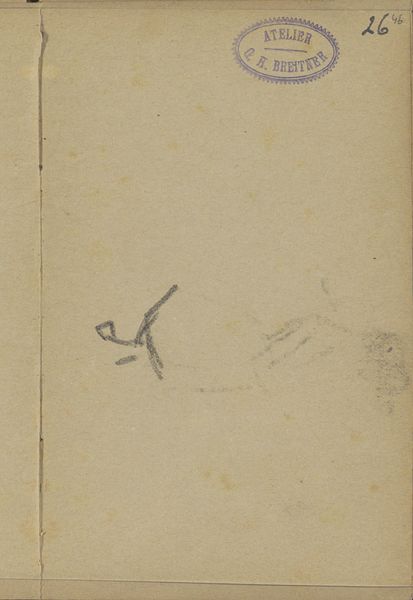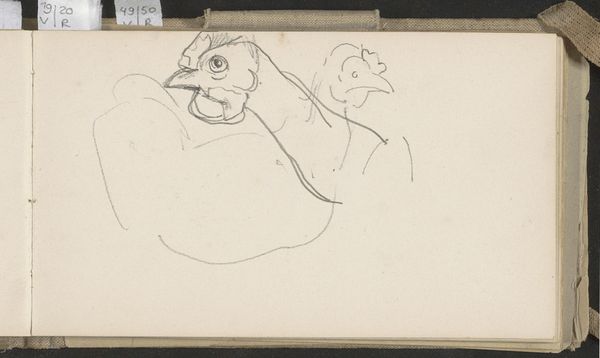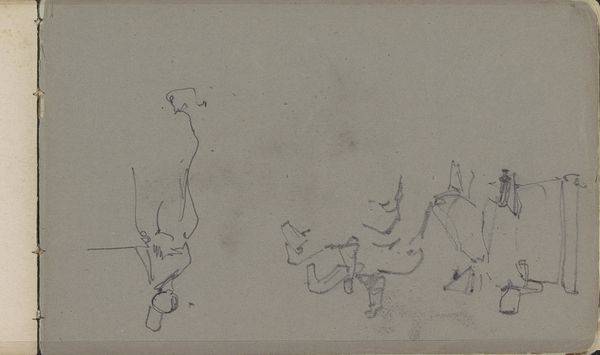
drawing, paper, pencil, graphite
#
portrait
#
drawing
#
figuration
#
paper
#
sketch
#
pencil
#
15_18th-century
#
graphite
Copyright: Public Domain
Curator: Take a moment to observe "Kneeling Woman, Seen From Behind," a pencil drawing by Georg Melchior Kraus, created around 1771-1772. What's your immediate reaction to it? Editor: It's hauntingly vulnerable. The visible form of the woman is unfinished, raw almost, with all the implications about status and personhood implied. Curator: The piece is primarily graphite on paper. It’s a preliminary sketch, a glimpse into the artist's process and preparatory work. The immediacy of the medium lends a sense of intimacy, wouldn't you say? What strikes me is how effectively Kraus has rendered the textures with such basic means. Editor: Intimacy, yes, but also precarity. Kraus created this during a time of enormous upheaval, so a simple question comes to mind, What were the circumstances surrounding the creation of the drawing, what sort of labor went into the creation and its means of production? Whose stories and voices are actually prioritized? Curator: Kraus was affiliated with the Weimar court; it's plausible this woman could have been a servant or someone connected to the court’s household staff. Editor: The scale and stark simplicity also affect me. Is it meant as an act of reverence, or simply as a depiction of anonymous labor? If the sketch reflects something oppressive that affected the sitter, does the art resist or re-inscribe historical injustices? Curator: It is possible that we cannot ignore that it is also a moment to witness a historical record of women and other people from the working-class milieu of Kraus, regardless of if it’s intentional. I agree we can acknowledge it and attempt to recontextualize or assign meaning to such artifacts today. Editor: Ultimately, this is a small glimpse into the conditions of possibility of so many eras we can draw on. What materials shaped that artist to make art with such conditions? Curator: Absolutely. It highlights not only the creative process but also the social dynamics at play in its creation. A raw record in an old time. Editor: Indeed, it provides a glimpse into how historical representation can both illuminate and obscure social and personal complexities.
Comments
No comments
Be the first to comment and join the conversation on the ultimate creative platform.

